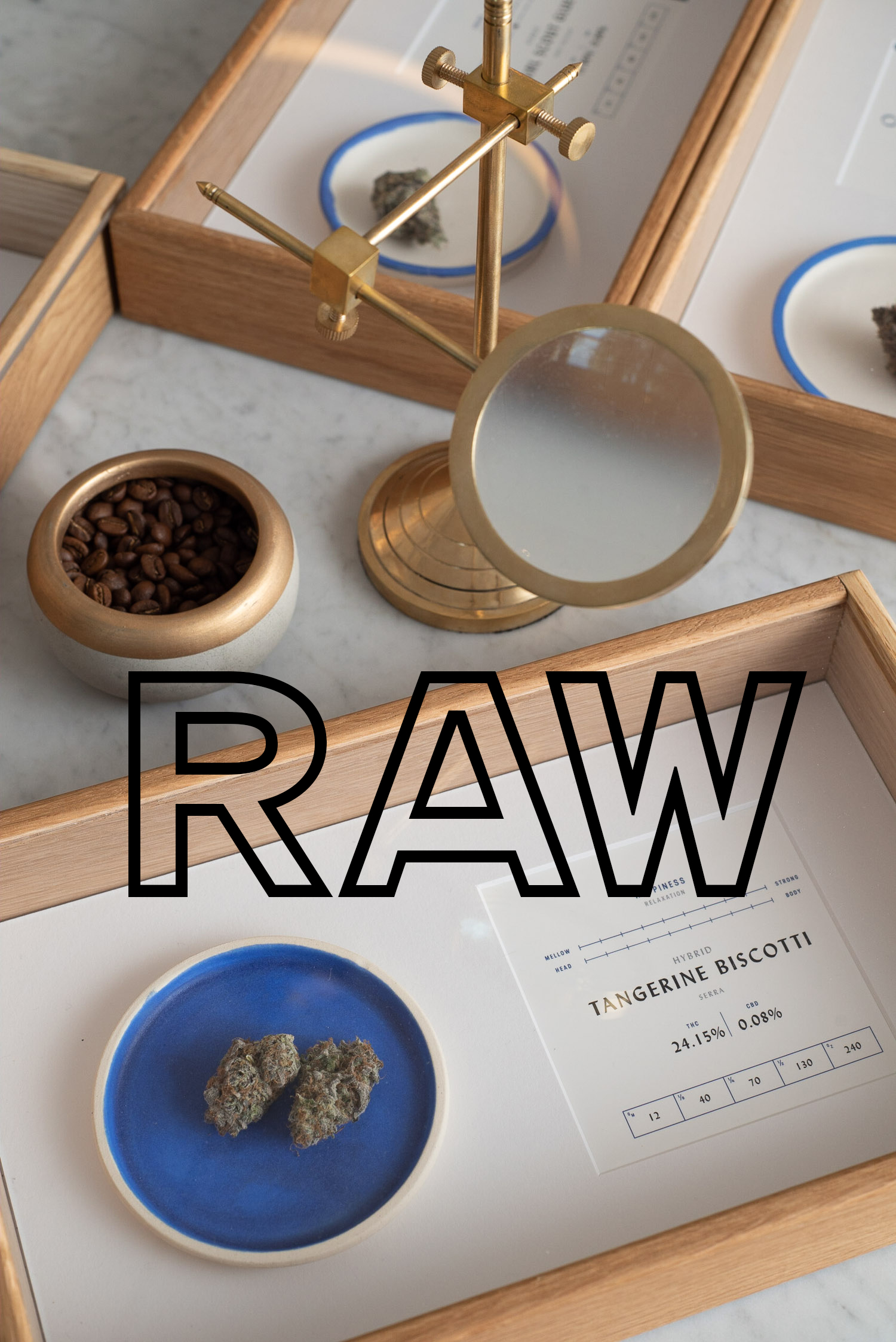These days, most clients own or have seen advertisements for a camera that shoots RAW images. They might have heard RAW is something you want in a camera, but they might not understand what purpose RAW serves. Hopefully this post can shed some light on RAW vs Jpeg.
First things first… RAW is a type of file format. It captures the data from each photo-site on the sensor. The RAW file is meant to store raw, unprocessed data. Because of all that data, the files are large, often 20–30 times larger than a jpeg. It is all this data that makes RAW files perfect for editing. Once the file is opened in a photo editor, the photographer can manipulate the data into the desired image by changing things like white balance, contrast, clarity, saturation, sharpness, etc.
Jpeg is a compression format. It is a thin slice of that Raw data from the sensor. Think of it as an interpretation of the data contained in the RAW file. When you save an edited photo as a Jpeg, you are cutting out all the malleability in the Raw file.
As a photographer, you want to shoot in RAW format and deliver Jpeg files to your client. Doing this will give you all the ability to manipulate images in post production, and give your clients manageable files that they can’t edit. After all, It is your job to shoot and edit a beautiful photograph. Then you want to deliver that masterpiece to your client. Your client needs a beautiful and manageable image for their marketing and promotional purposes.

